At the top of many people’s bucket lists is going on safari in Africa. Planning a safari trip to South Africa can be a daunting experience that is confusing, expensive and time-consuming.
In planning our South African safari, we were inundated with information, some of which was contradictory or not very clear. There are a number of national parks in South Africa that offer a safari experience, but selecting the right safari option was a real challenge for us. Now, fresh back from our trip to South Africa, we’re sharing our experiences on how to plan a safari.
To plan your South Africa safari, you need to answer a few basic questions:
1. Which park or nature reserve do you visit?
2. What type of safari will you do?
3. How will you book your safari experience?
4. How do you arrange the transfers?
5. Which time of year should you go?
In South Africa, the granddaddy of the parks is the vast Kruger National Park. This covers a massive 7,500 square miles in the Northeast part of the country. Surrounding the park, but sharing unfenced borders, are a number of small private game reserves. Within the Kruger National Park itself, the lodges and accommodations are generally quite primitive and rustic (there is no luxury accommodation within Kruger itself).
But most importantly within Kruger, you can’t leave roadways or 4WD tracks and follow animals into the bush. This limits game viewing abilities. Kruger National Park itself generally attracts European holiday-makers or locals who are looking for a self-drive/self-catering experience.
Based on this, we knew we wanted to go to a private game reserve that borders Kruger so we could get closer to the animals on guided drives/walks, while also having more comfortable/luxurious accommodations. A number of the private game reserves are quite densely populated with numerous game lodges. The three major private game reserves in the northern part of the Kruger are:
Sabi Sands Game Reserve – This is the most well-known of all the private game reserves and Sir Richard Branson has his safari lodge here. Sabi Sands is also the most expensive/luxurious of the private reserves by far. The safari lodges within the Sabi are quite dense with over 19 lodges in 251 square miles.
Timbavati Private Nature Reserve – This is one of the largest private reserves in the greater Kruger area, blending remoteness with luxury. Many people are calling this the “new Sabi.” It has 12 lodges and camps in a narrow ribbon, mostly along the western edge of the reserve. All told, Timbavati encompasses nearly 232 square miles.
Klaserie Private Nature Reserve – The furthest west of the private reserves in the Greater Kruger. Like other private reserves, the lodges within the Klaserie have the ability to track the game off-road and into the bush. Klaserie is also the least developed of all the private game reserves in the area – there are just 6 game lodges for over 250+ square miles. Each of those lodges or camps is quite small, leading to a more intimate experience. Many of the camps in the Klaserie are completely “off grid”, using solar power instead of unsightly power lines. We stayed at two different safari lodges (nThambo Tree Camp and Africa on Foot) in the Klaserie on our South Africa safari trip.
Not all of the lodges or camps in the nature reserves are the same. In a typical lodge experience, you will go out well before sunrise on a game drive and then do a second game drive starting just before sunset. In between your two game drives, you’ll have the chance to read a book, soak in a pool (if you lodge has one) or just relax.
However, other lodges focus on walking safaris, which gives a more active experience. At a walking safari camp, you’ll have the chance to do a walk either for sunrise or mid-day to appreciate the bush on a different level. We found that we really enjoyed the mix of the two experiences.
When booking a South Africa safari, there are some options. For North Americans, it seems the preferred method is to find a tour operator, travel agent or travel advisor to handle all the arrangements for you. Everyone we’ve ever known who has gone on a safari has done this approach. Generally, these companies make the selection of the reserve for you and you might have a couple of lodge or camp options.
These companies make the experience more accessible for most visitors by demystifying the process, answering questions and booking you into safari camps they have either visited or worked with previously. They will also handle the process of booking your transfers, airport connections and other logistics. Naturally, they will charge you a premium for this service.
As we looked into our trip to South Africa, we were initially going to go with a tour operator. We didn’t know the local safari lodges and the logistics of getting from Johannesburg or Cape Town to the safari camps seemed daunting. And we didn’t have a lot of time to devote to the research and planning process for this trip.
The good news is that South Africa is easier to navigate than most European countries. Signage is all in English (or dual Afrikaans and English). People are extremely friendly. The roads are wide and easy to navigate. And, despite the country’s significant population, the roads near Kruger are completely vacant. In short, renting a car in Johannesburg and driving up to the Greater Kruger National Park (including the private reserves) is a simple process.
If you are against driving, there are also a number of transfer companies. We took Ashton’s Kruger Shuttle right from the Johannesburg airport and it dropped us on the doorstep to the Klaserie Private Nature Reserve, where we met by our local lodge. Ashton’s operates an efficient transfer operation with clean, modern micro-buses and a consistent time schedule.
And all went according to plan except a brief unscheduled pit-stop. It seems some workers in one of the local towns we passed through weren’t too happy about something and put glass out in the roadway as a form of protest, popping our right rear tire. We were out in the countryside when it went flat. Our driver Brandon had it fixed very quickly and we were on our way again.
However, part of me was grateful for the flat – it gave us a chance to see some of the countryside we would have otherwise blown through. Rather than being an aggravation, we actually thought the workers protest and subsequent tire incident was quite comical.
The North American summer (winter in the southern hemisphere; May-September) is the best time to go. The days can be cooler and there is less vegetation making it easier to see animals. Since this is the dry season, the animals tend to gather at watering holes. Also, it is easier to get around on your South Africa safari and your jeep is less likely to get stuck in mud. We found late May and early June to be the perfect time for us.
A final note – if you are traveling with children, consult with your local lodge on appropriateness. Some lodges, camps and reserves prohibit children under a certain age.
Going on a Big Five safari was at the top of our list for our South Africa trip and we could not have been happier with our experience. No matter what decisions you make for your South African safari, we promise it will be the trip of a lifetime!
We were the guests of Ashton’s, Africa on Foot, and nThambo Tree Camp. As always, all opinions are our own.
Lance Longwell is a travel writer and photographer who has published Travel Addicts since 2008, making it one of the oldest travel blogs. He is a life-long traveler, having visited all 50 of the United States by the time he graduated high school. Lance has continued his adventures by visiting 70 countries on 5 continents – all in search of the world’s perfect sausage. He’s a passionate foodie and enjoys hot springs and cultural oddities. When he’s not traveling (or writing about travel), you’ll find him photographing his hometown of Philadelphia.


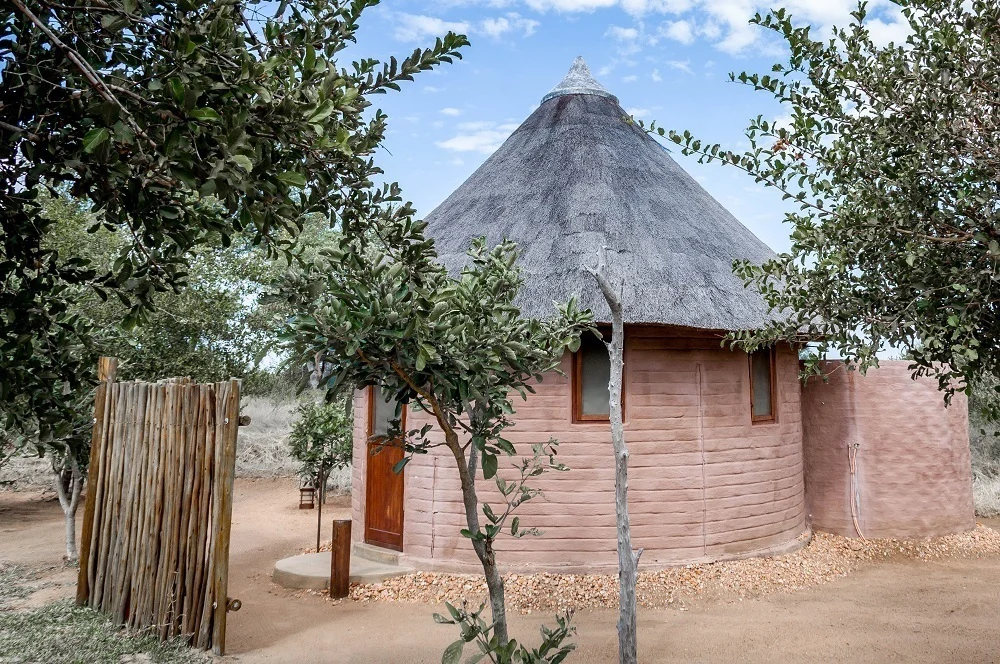
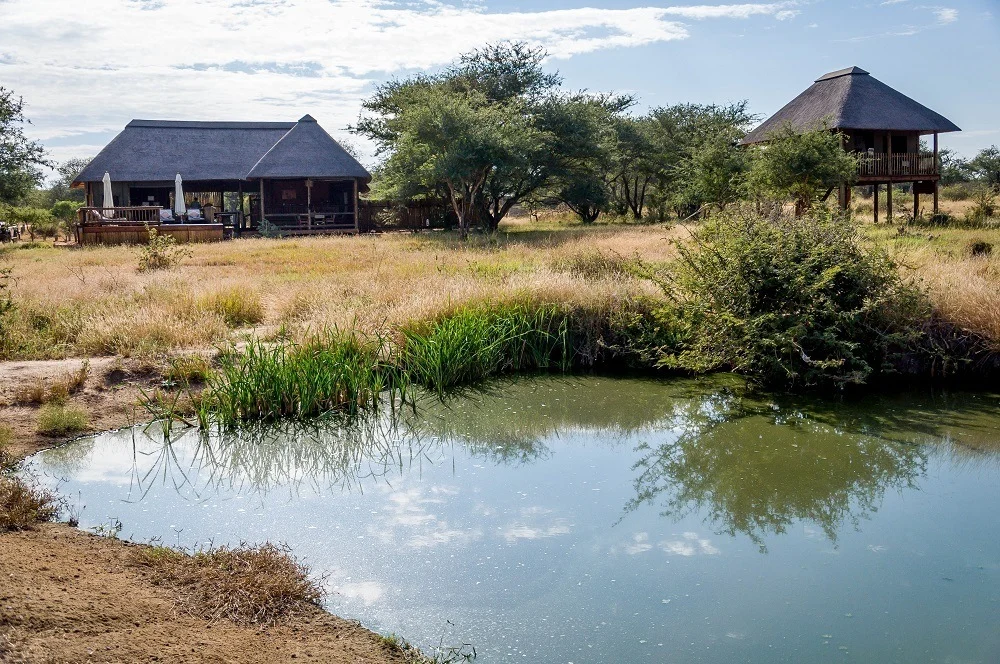
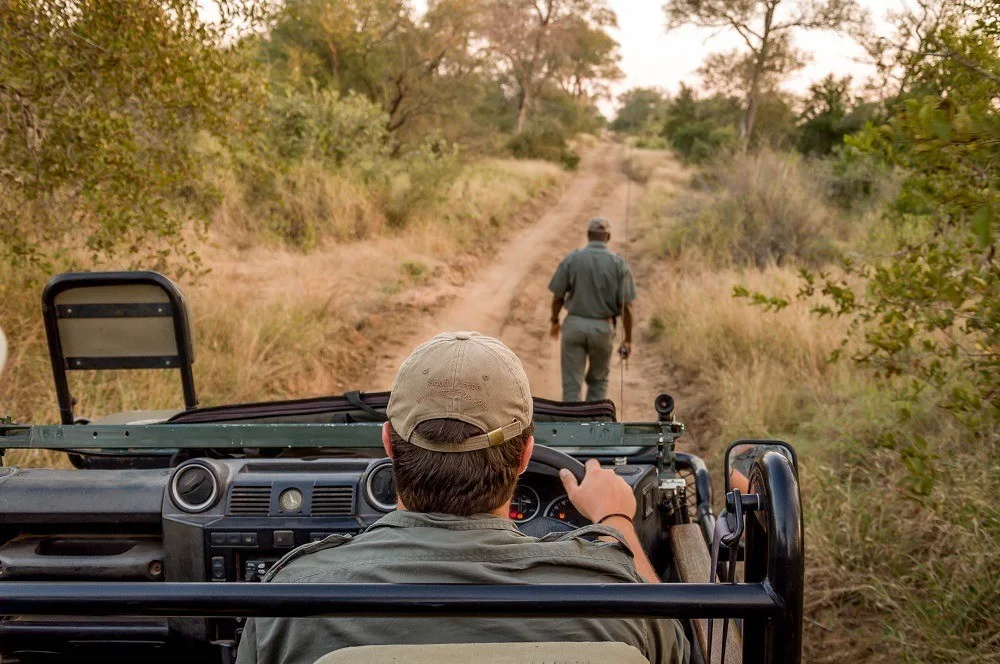
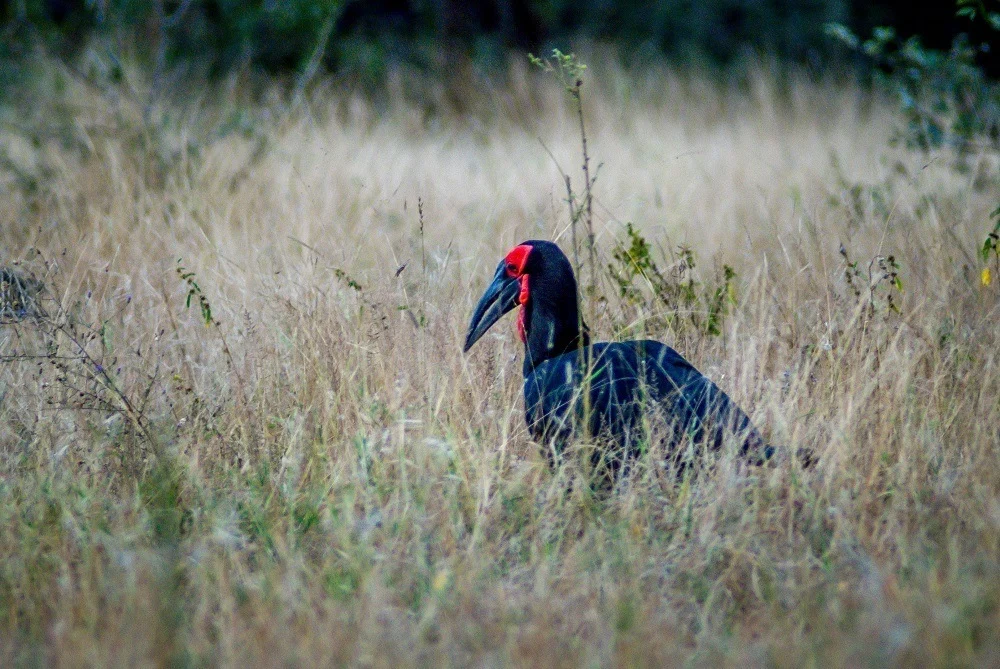
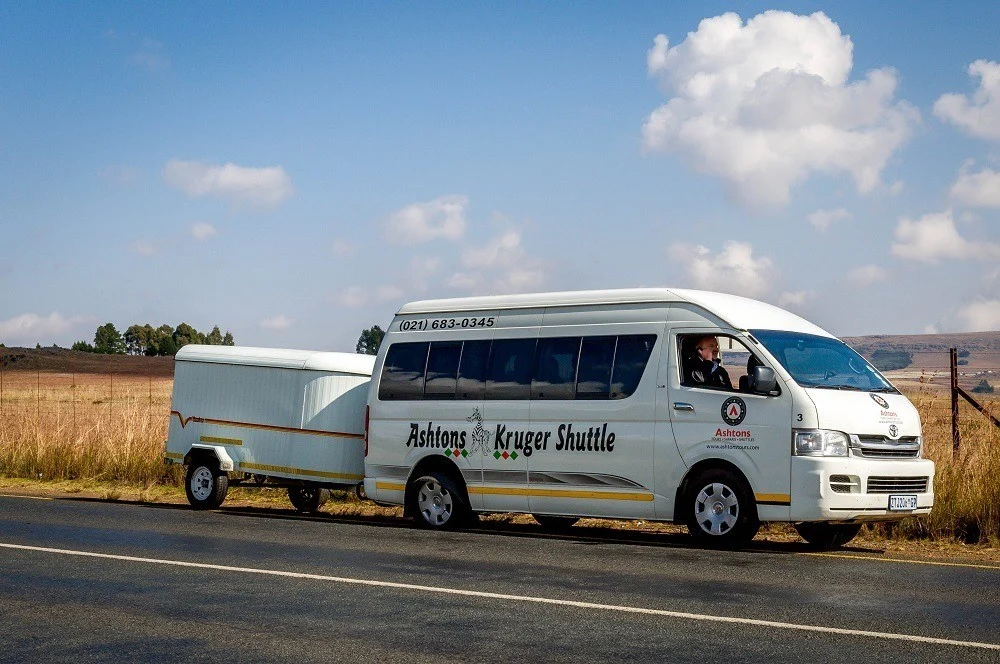
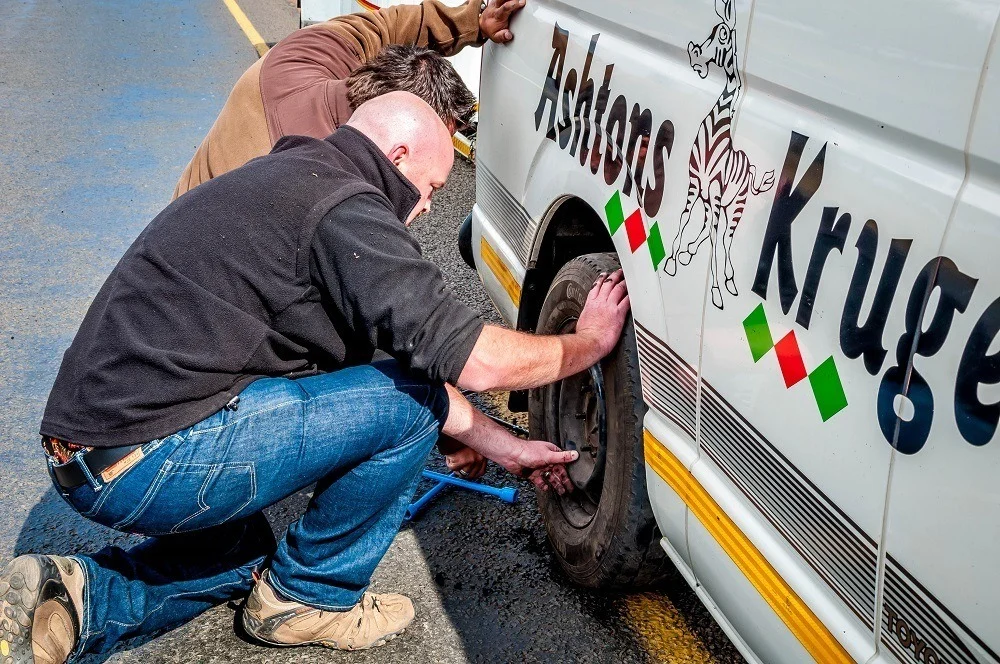
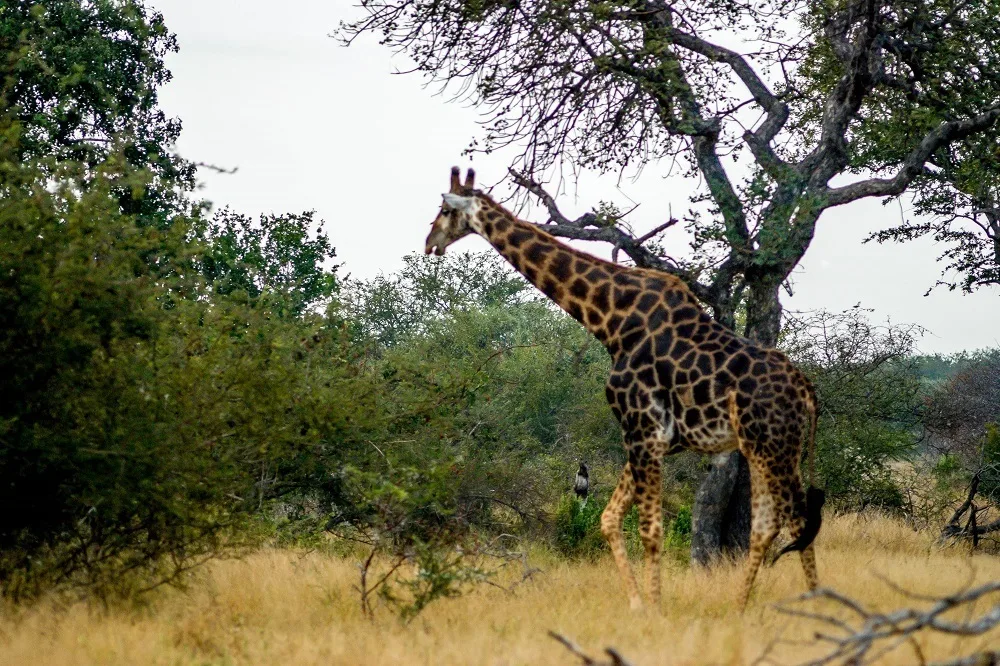
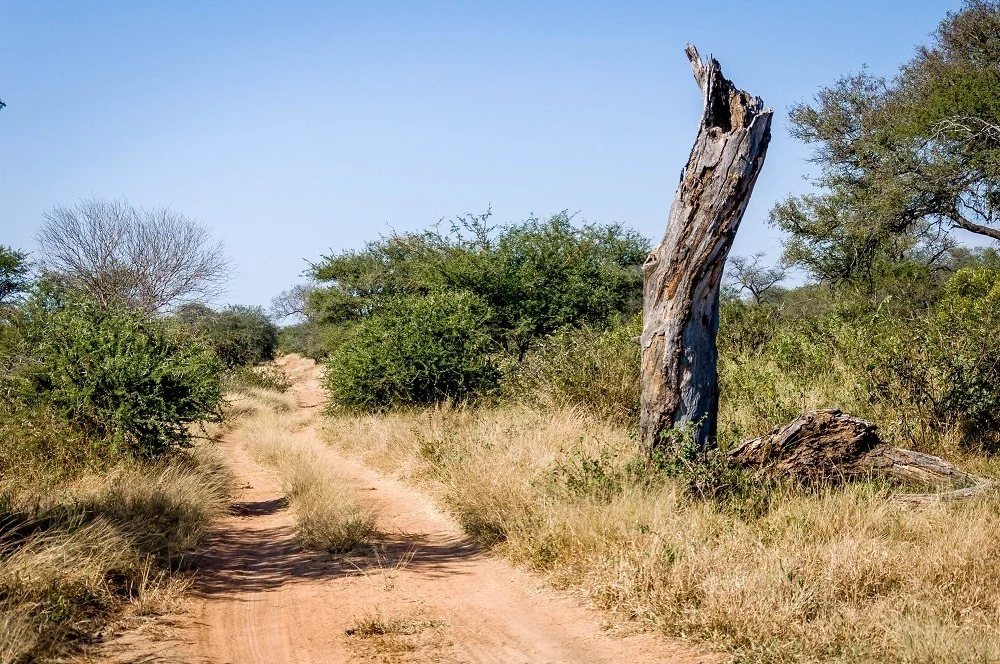
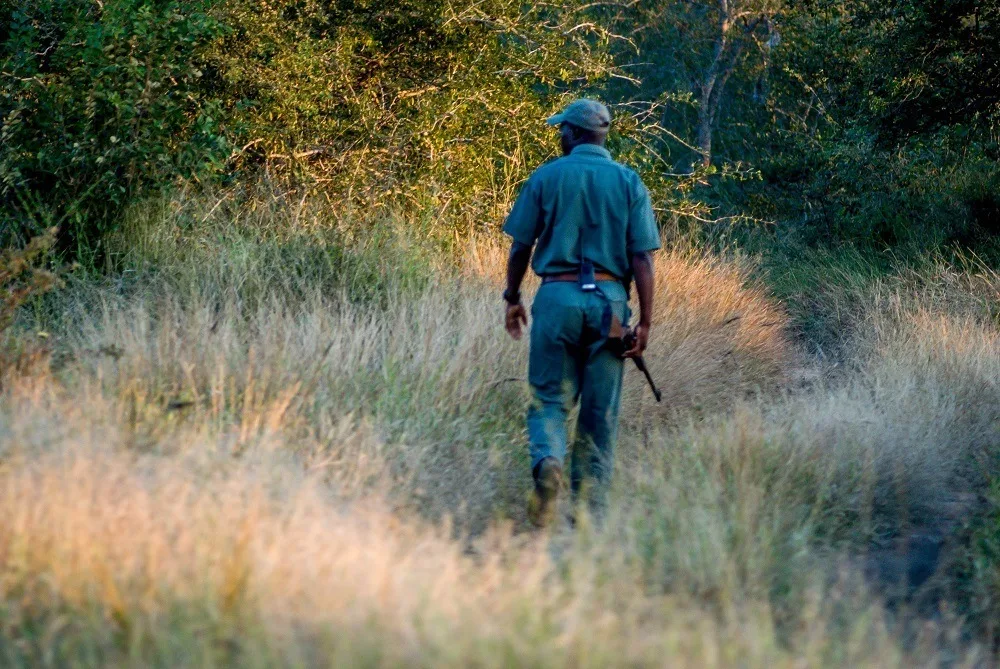
Sandy
Sunday 21st of April 2019
Hi Lance and Laura, so happy that I stumbled onto your page!!! Planning an Africa safari is such a daunting task which I don't even know where to start. I've just let it slide many times in the past years. But a part of me was to wait until my girls are a little older. They are now 14...I kinda started looking when they were 4 (Disney Adventures was very attractive back then, but not the prices, yikes). Your page has inspired me to really focus on the planning this time!! Thank you :-)
Lance Longwell
Sunday 21st of April 2019
You're welcome! Let us know if you make it happen. We'd love to hear about your experience.
Katie
Monday 29th of August 2016
I'd like to hear more details about your lodge experiences. Thanks!
Laura Longwell
Monday 29th of August 2016
We had great experiences at Africa on Foot and Nthambo Tree Camp. You can read about them here.
Africa on Foot: https://traveladdicts.net/africa-on-foot-safari-adventure/ Nthambo: https://traveladdicts.net/nthambo-tree-camp/
Lareine
Wednesday 9th of March 2016
An interesting article, but I must add that most tour operators don't charge a premium. We get reduced rates from the lodges and other services and the difference between those rates and the rack rates you would pay if you went direct is normally what we charge, but you get the benefit of having all the research work done for you, saving you time. We do spend time finding the right itinerary to suit you and your budget and have the local knowledge, either personally or from our contacts in South Africa, or wherever you're looking to travel to. Don't dismiss us as we do offer a valuable service.
Lance Longwell
Thursday 10th of March 2016
Thanks Lareine. Travel agents and tourism providers have their place. We've used them in our travels, particularly when there is a language barrier or complex logistics. That said, rack rates are a little misleading. Most lodges offer significant discounts for booking directly. The lodges may be able to charge slightly more directly than a tour operator (who may be getting a volume discount), but the consumer pays less than if they went through the tour operator. Tour operators and travel agents do simplify the planning process. If someone is time constrained, that could be a good option for them, but that service does come with a cost.
Hallie
Wednesday 20th of January 2016
Thank you so much!!!
Hallie
Wednesday 20th of January 2016
Great article. We are going on a Safari in a few weeks and I am really struggling with what to pack/wear. Any suggestions?
Laura Longwell
Wednesday 20th of January 2016
How exciting! Our safari was in late May, so the temperatures were probably different than they will be for you. We haven't written a packing guide for that yet, but what we took is similar to what we packed for the Galapagos/Ecuador: https://traveladdicts.net/what-to-pack-for-ecuador-galapagos/. You probably wouldn't need the sandals or waterproof gear, but the rest should be pretty close. The key is to dress in layers, as there may be a big difference between day and early morning/night temperatures when you'll probably be on game drives.